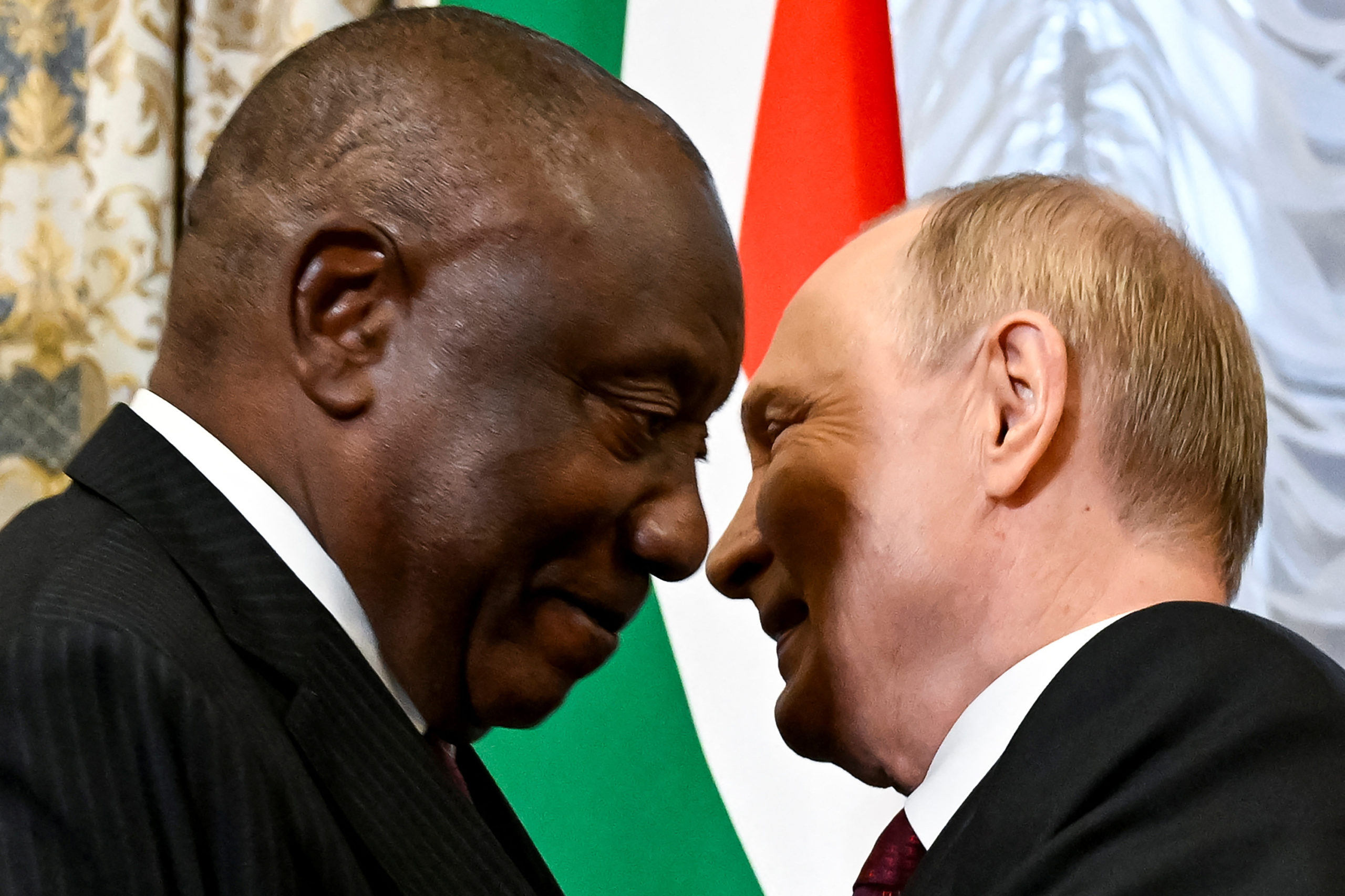The 16th BRICS Summit commenced today in Kazan, Russia, uniting the leaders of Brazil, Russia, India, China, and South Africa, alongside new member states such as Iran and the United Arab Emirates (UAE). The summit’s agenda focuses on bolstering multilateralism and expanding the use of local currencies in intra-group trade, addressing some of the most pressing economic and geopolitical challenges facing the bloc today.
Held under the theme Strengthening Multilateralism for Just Global Development and Security, the summit, on until October 24, signals BRICS’ intention to reconfigure global governance structures in a more equitable and representative manner. The symbolic weight of holding this summit in Russia, amidst ongoing geopolitical tensions — particularly the war in Ukraine and escalating conflicts in Palestine and Lebanon — underscores BRICS’ ambition to position itself as a counterbalance to Western dominance, both economically and, potentially, politically.
Brazilian President Luiz Inácio Lula da Silva was notably absent due to a health-related issue, but he commented on the proceedings remotely. Meanwhile, South African President Cyril Ramaphosa, upon arriving in Kazan, met with Russian President Vladimir Putin to discuss mutual interests.
Highlighting BRICS’ strategic importance, Ramaphosa emphasized in a statement, “BRICS plays an important role in a multipolar world, championing multilateralism, mutually beneficial cooperation, and sustainable development.”
As Gustavo de Carvalho, a Senior Researcher at the South African Institute of International Affairs, explains to FORBES AFRICA: “For most BRICS members, it’s not about replacing the U.S. dollar but about creating systems that give members options to trade, particularly using local currencies within the group.” He stresses that the BRICS agenda, while ambitious, aims to build economic resilience without severing ties to the broader global financial system.
Loading...
Several key issues dominate discussions, including the integration of new members and the push for local currencies in trade. Yet, questions remain about the bloc’s ability to fully implement its vision amidst internal tensions and external geopolitical conflicts.
Local Currencies in Intra-BRICS Trade: A Practical Shift?
At the core of the summit’s economic agenda is the push for greater use of local currencies in trade between BRICS members — a move aimed at reducing reliance on the U.S. dollar. While this initiative is often misinterpreted as de-dollarization, BRICS members clarify that it is not about replacing the dollar but rather providing greater flexibility in cross-border transactions.
“It’s not about replacing the U.S. dollar outright, but creating systems that provide BRICS members the option to trade in their local currencies,” explains Carvalho. This approach aims to mitigate the risks of exchange rate volatility and external sanctions while allowing BRICS members to strengthen financial independence.
However, the path to local currency adoption is fraught with challenges. For example, Russia’s surplus of Indian rupees has already raised concerns about how currency imbalances might complicate these efforts. “There are practical limitations, especially when one country ends up with a surplus of another’s currency,” Carvalho adds, highlighting that balancing trade flows will be critical to making local currency trade viable.
In response, BRICS Finance Ministers have been tasked with preparing reports on how to advance the use of local currencies and payment platforms, following a request made at the Johannesburg Summit in 2023. President Ramaphosa reinforced the strategic importance of these initiatives, noting, “BRICS now covers 43% of the world’s population… providing opportunities to develop mutually beneficial cooperation that contributes to sustainable growth.”
Despite the long-term potential, the shift toward local currencies is expected to be gradual. The focus at this summit is on laying the groundwork for more substantive changes in the years ahead.
Iran’s Inclusion in BRICS: Geopolitical Implications
The inclusion of Iran, especially in the context of ongoing conflicts in the Middle East, adds another layer of complexity to the BRICS dynamic. Iran’s membership brings significant geopolitical weight at a time when the country remains isolated by Western powers, particularly as tensions in Palestine and Lebanon intensify.
BRICS, while not a formal political or military alliance, presents a platform for countries like Iran to engage with global powers outside Western influence. Yet, this inclusion is not without its challenges. “Geopolitical issues within BRICS tend to be divisive, making coordinated positions on specific disputes challenging,” Carvalho notes, reflecting the potential for discord over how BRICS members approach contentious global issues.
The geopolitical dimensions of Iran’s membership also raise questions about BRICS’ ability to serve as a counterbalance to Western dominance. While the bloc seeks to promote multilateralism, its capacity to form a unified stance on complex geopolitical matters — especially those involving longstanding regional disputes — remains uncertain. President Ramaphosa, however, remains optimistic, stating, “A founding value of BRICS is the shared vision of the urgent need to restructure global governance to be more fair, just, and representative.”
Expanding BRICS
While the inclusion of new members like Iran and the UAE has been a focal point at the summit, further expansion is unlikely in the near future. Instead, BRICS is prioritizing its outreach program. The BRICS+ format, first introduced at the 2017 Shanghai Summit, allows non-member states to engage in development finance, trade, and infrastructure initiatives without full membership commitments.
Reports from BRICS Foreign Ministers on the development of the Partner Country model will be pivotal in shaping this program’s future. “While the possibility of expansion exists, it seems unlikely at this stage,” Carvalho notes, emphasizing that BRICS is more focused on refining its existing framework than rushing toward further enlargement.
The outreach program aims to foster partnerships across Africa, Asia, and Latin America, while maintaining BRICS’ internal cohesion. By clarifying the roles of partner countries, the bloc seeks to expand its global influence without compromising its core mission of promoting economic cooperation among its members.
As the 2024 BRICS Summit progresses, the decisions made in Kazan will set the stage for the bloc’s future, particularly as Brazil prepares to take over the presidency in 2025.
Loading...
